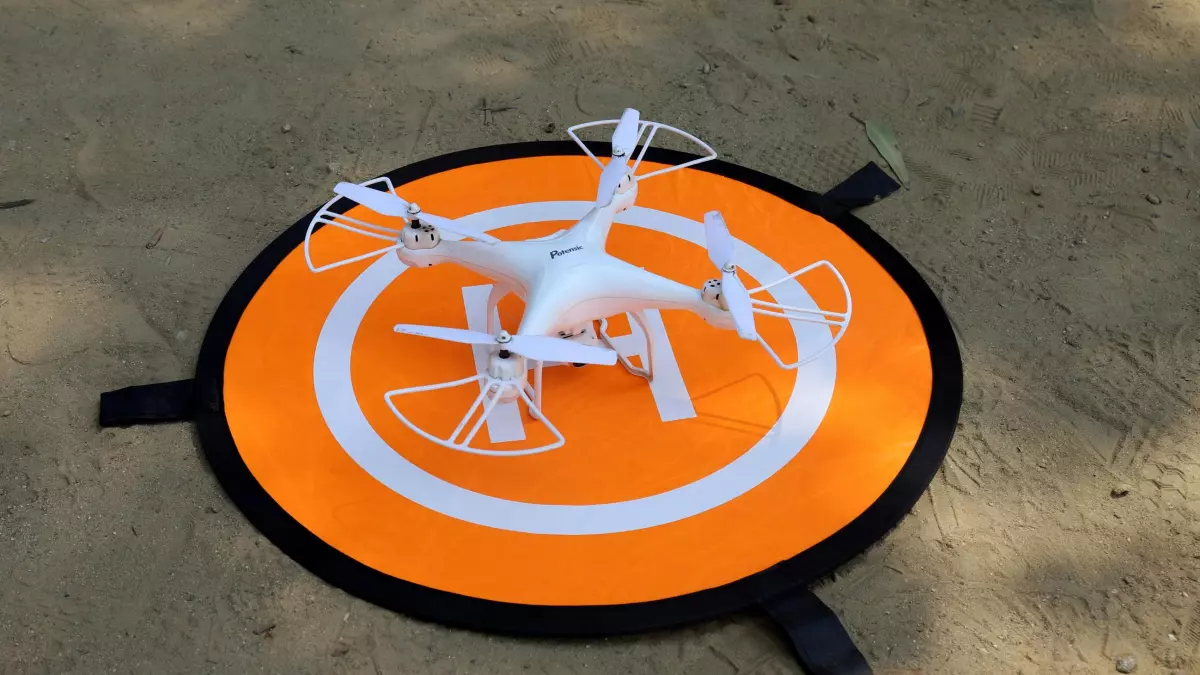Perfect Landings
Imagine a drone descending from the sky, its rotors whirring softly as it approaches the ground. The wind picks up, threatening to throw it off course. But instead of wobbling or veering off, the drone adjusts itself in real-time, compensating for the gusts and landing with pinpoint accuracy. How does it pull off such a flawless maneuver? The answer lies in the magic of sensor fusion and advanced flight control software.

By Alex Rivera
Landing a drone might seem like the least exciting part of its journey, but in reality, it's one of the most complex tasks. Whether it's a commercial drone delivering packages or a high-end UAV used in military operations, the process of landing requires a delicate balance of precision, timing, and real-time decision-making. This is where sensor fusion comes into play, combining data from multiple sensors to create a complete picture of the drone's environment and ensure a smooth touchdown.
But let's back up a bit. What exactly is sensor fusion? In simple terms, it's the process of merging data from various sensors—like GPS, cameras, LiDAR, and accelerometers—to create a more accurate and reliable understanding of the drone's surroundings. Each sensor has its strengths and weaknesses, but when their data is combined, the drone can make smarter, more informed decisions. For landing, this means the drone can adjust its descent in real-time, even in unpredictable conditions like wind, uneven terrain, or low visibility.
One of the key challenges in drone landings is dealing with environmental uncertainties. Think about it: the ground isn't always flat, and the weather isn't always calm. A drone needs to be able to 'see' and understand the surface it's landing on, as well as account for any external forces acting on it. This is where sensor fusion really shines. By integrating data from multiple sensors, the drone can create a 3D map of its landing zone, detect obstacles, and even predict how wind gusts will affect its descent. The result? A landing so smooth, you'd think it was guided by an invisible hand.
Flight control software plays an equally important role in this process. It's the brain that interprets the sensor data and makes split-second decisions about how to adjust the drone's position, speed, and angle of descent. The software uses complex algorithms to process the sensor data and ensure the drone lands safely, even in less-than-ideal conditions. In fact, some advanced systems can even 'learn' from previous landings, improving their performance over time.
So, why does this matter? Well, precision landing isn't just about looking cool (although it definitely does). It's crucial for a wide range of applications. For example, in package delivery, a drone needs to land in a specific spot—like your front porch—without damaging the package or the surroundings. In agriculture, drones need to land safely in fields with uneven terrain. And in military operations, precision landing can be the difference between success and failure in critical missions.
As drones become more autonomous, the role of sensor fusion and flight control software will only grow in importance. We're already seeing drones that can land on moving platforms, like ships or trucks, thanks to these technologies. And as sensor technology continues to improve, we can expect even more impressive feats of precision landing in the future.
So, next time you see a drone land effortlessly, remember: there's a lot more going on behind the scenes than meets the eye. Sensor fusion and flight control software are working together to make sure that landing is as smooth as possible, no matter what challenges the drone faces. Pretty cool, right?
Now, here's a question for you: With all this tech making drone landings so precise, how long do you think it'll be before we see fully autonomous drone airports? Food for thought.





